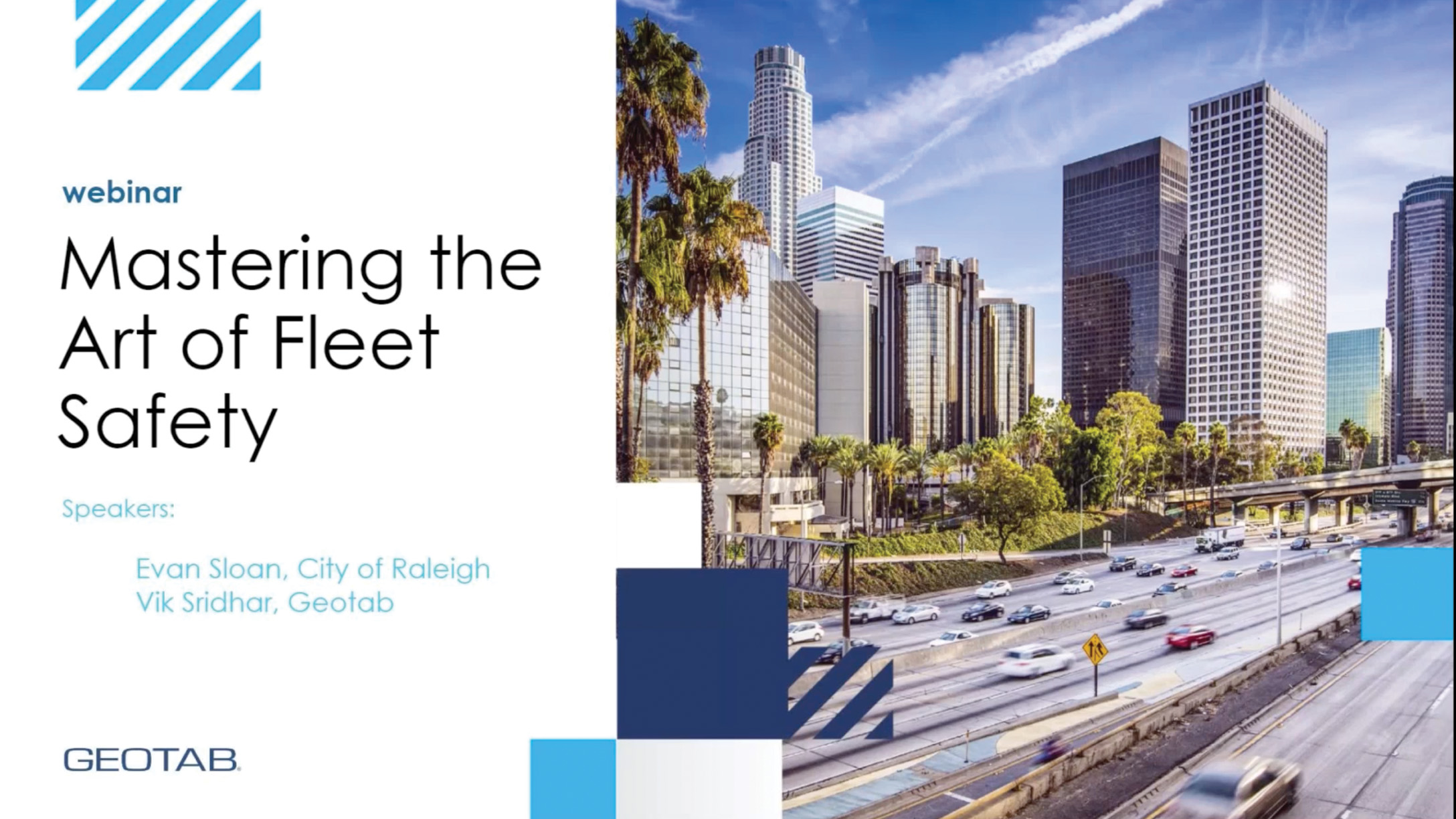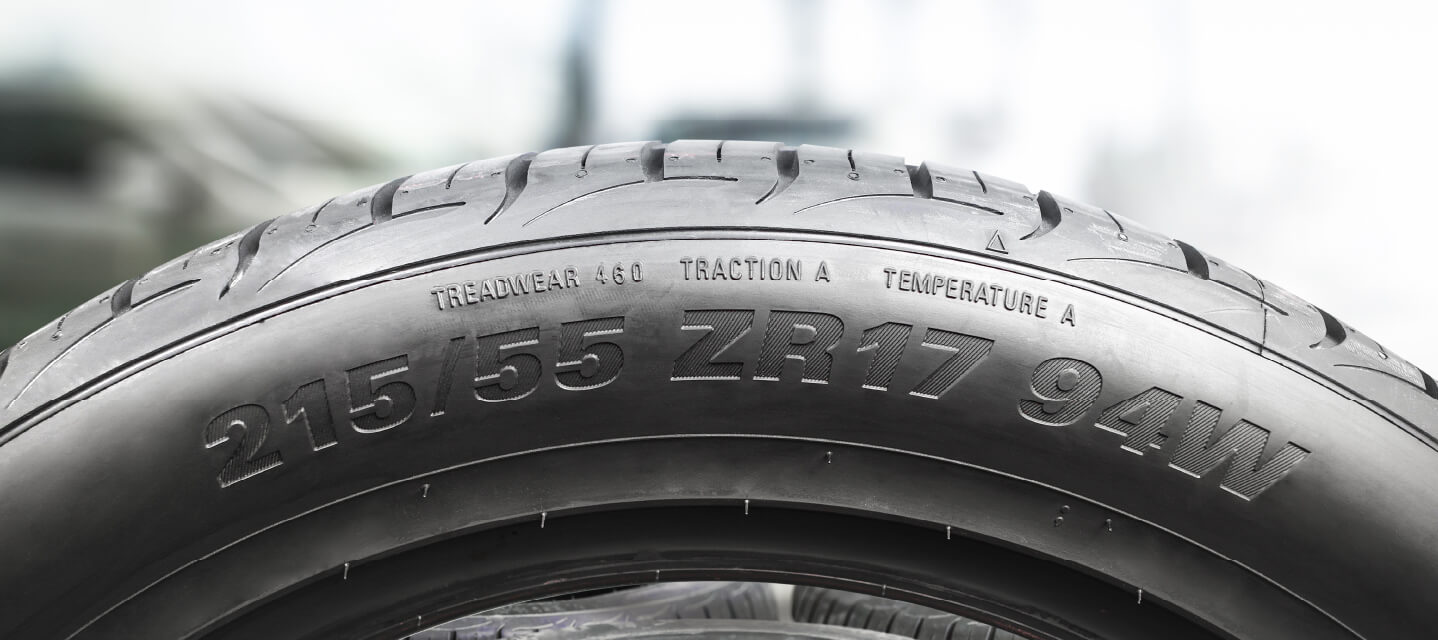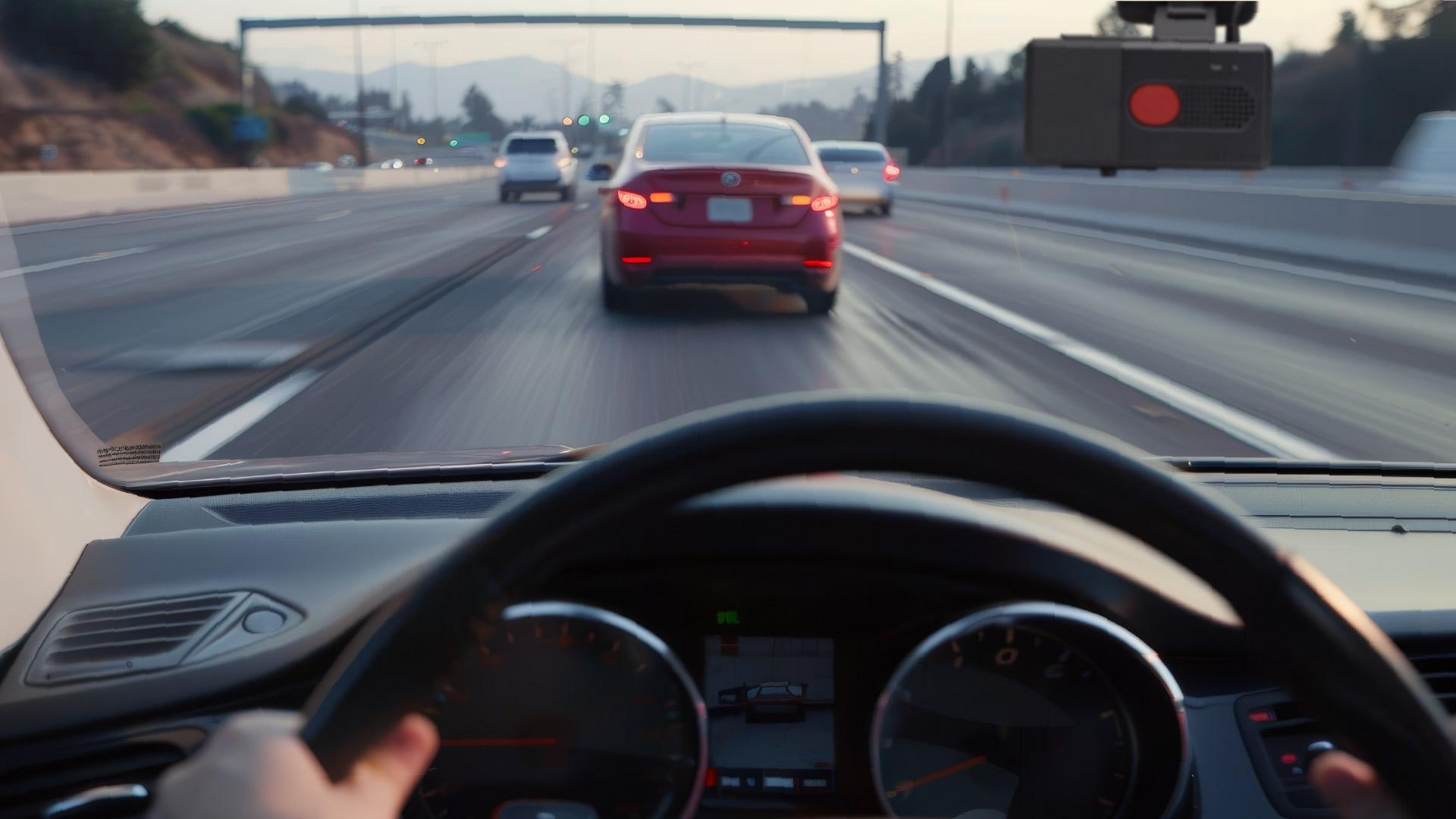Developing a next-gen government fleet safety program: Made possible with AI

Published: Nov 26, 2024
•2 minute read

Ever wondered what it takes to build a next-level fleet safety program? Government agencies used to strictly rely on driver scorecard data to monitor driver behavior and promote responsible vehicle operations, but simply looking at historical data alone isn’t enough in today’s age. AI is changing the telematics landscape through predictive analytics and safety benchmarking. These features all now play a critical role in giving fleet managers the insights they need to take action, look forward and revolutionize their safety programs.
In our recent webinar, Evan Sloan, Enterprise Chief Safety Officer for the City of Raleigh and Vik Sridhar, Geotab’s Senior Safety Product Manager discussed how emerging technologies are being paired with driver scorecard data to transform agencies’ approaches to fleet safety.
Evan spoke about the safety issues facing the City of Raleigh and the strategies his agency used to overcome them. The City of Raleigh was able to increase its global driver safety score from 40.5 to 82.2 from July 2022 to October 2022 and reduce monthly speeding instances by 65% from 2022 to 2024 with new policies and data-driven technology. Evan mentioned how the city’s decision-makers prioritize data, which has led their agency to rely on dashboards to see how their safety performance is trending over time. By setting safety goals for the organization that are trackable, assigning vehicles to specific employees and using insights to identify the most problematic drivers, they’ve instilled a safety-first culture in their fleet. They’re also leveraging telematics data to pinpoint their best drivers and recognize them for a job well done.
As Evan put it: “However, we don’t want to focus just on the negative, right? You know, when talking to different leaders, assistant directors, directors throughout this organization, they want to get positive information. They want to have something positive to actually bring up as an agenda item as part of their meetings, their huddles, and so we want to actually celebrate those who are doing well. And so our top performers, we want to share those with our respective departments as well.”
Watch the webinar now to learn more!
Later on, Vik talked about the importance of context in getting a full picture of your fleet’s safety standing. He also highlighted the differences in risky driving events based on time of day, congestion levels and environment. Fleets experience a 22% increase in collision likelihood when their vehicles spend more time in congestion. Vik elaborated on how an AI-powered risk model can help you accurately measure future collision probability by factoring in driving behavior, detected collisions and road risk into its calculation. When building a next-gen fleet safety program, it’s critical to merge historical driver scorecard data with collision risk probability. In Vik’s own words: “The scorecard is great. It allows you to see what you did in the past. It’s like looking in the rearview mirror. The problem is, when you’re looking in the rearview mirror, and you’re only focused on that, you miss what’s coming right at you. You want to be looking forward through the front of the car and see what’s coming at you down the road to prevent a collision before it ever occurs, and that’s why collision probability is so important.”
Learn how to build a proactive fleet safety program and reduce collision risks by watching the full webinar recording here!
Start learning today and stay ahead of the curve!
Subscribe to get industry tips and insights
Updated: Nov 26, 2024

Content Marketing Manager at Geotab
Subscribe to get industry tips and insights
Related posts

How a well-built fleet safety culture prevents legal trouble
March 28, 2025
5 minute read

Driver behavior monitoring systems: Fleet managers’ guide for top tools + implementation tips
March 27, 2025
7 minute read

DOT tire regulations: Fleet safety best practices + checklist
March 27, 2025
5 minute read

How AI-based in-cab video can lower fleet insurance costs and improve safety
March 24, 2025
3 minute read

How a data driven policing environment elevates your department’s potential
March 24, 2025
4 minute read

Finding the right fleet management platform for your police department: A deeper dive
March 10, 2025
4 minute read